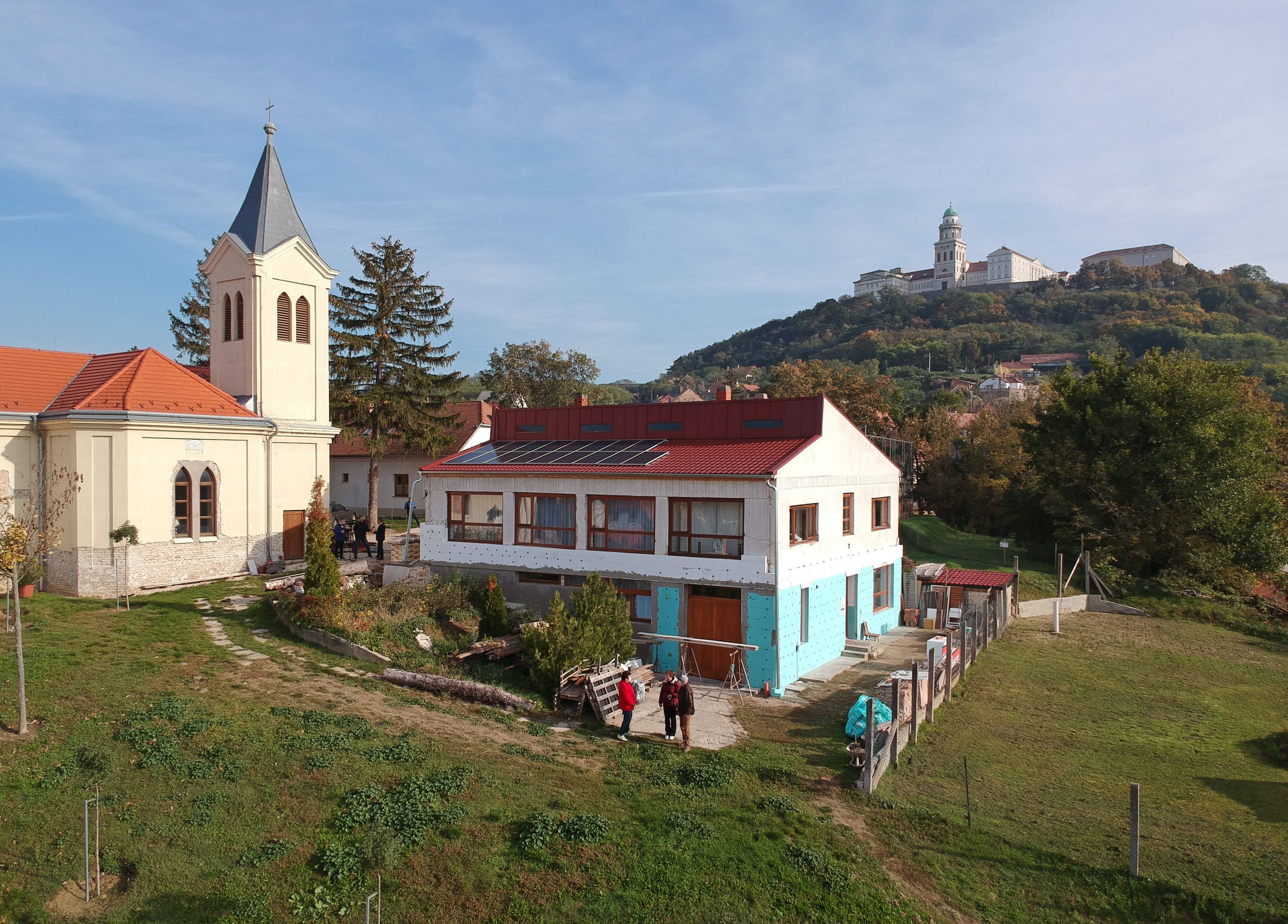
The total magnitude of domestic photovoltaic capacity in Hungary is expected to be above 3,262 megawatts, with the 2030 goal of 6,000 megawatts appearing realistic to achieve.Continue reading

Demand for solar panels has increased significantly in the past two to three weeks, the president of the Hungarian Solar Association told MTI on Thursday. During that period, twice as many inquiries were received as the number of systems installed last year.
Ernő Kiss said that by 2021, their member companies and other businesses installed solar systems and solar power plants in 35,000 households in Hungary. This year, however,
the association has received around 60,000 inquiries in the last few weeks alone.
In addition, businesses are also asking for thousands of solar panel systems, as they have been receiving electricity at market prices for years, and due to the energy crisis, market prices have increased drastically. All this is causing a heavy backlog, which is why the association’s president is confident that some of the recently announced requests will be carried over to next year.
At the same time, he said, the biggest obstacle is that the technical economic information on the installation of solar panel systems issued by energy suppliers has to wait several months, even half a year, because of the backlog of suppliers, as opposed to the 30 days laid down in the legislation.
The association’s president said it was a particular problem that electricity suppliers had tightened up previous practice for installing solar systems with a capacity of more than 2.5 kilowatts. Now, in the vast majority of cases, they require the user to change the location of the electricity connection in his property before submitting an application for a solar system. This could previously be done in a single step.
Under the new regulation, this investment, which alone costs on average 500,000 HUF, will result in a delay of several months in the implementation of the investment. The president of the association considers this to be pointless, as in many cases the application for the installation of a solar system may be rejected after the investment has been made.
Another major problem is the lack of products, as the war between Russia and Ukraine has led to a huge demand for solar panels and inverters throughout Europe.
Globally, China accounts for 85 percent of solar panel production, followed by South Korea and the United States. In Hungary, components – typically made from Chinese materials – are manufactured in some places, so the country is dependent on imports.
Solar panels are becoming an increasingly popular sustainable alternative among Hungarians, especially in the current uncertain climate. Gas and electricity prices are sky-high all over Europe, even though many Hungarian households use these kind of energies to heat their homes. Solar panels are particularly well suited to replace this, but they cost millions of forints to install – although the government is trying to ease the situation with tenders and help modernize Hungarian homes.
The size of the solar panel system needed for a home needs to be known in advance, based on the size of the electricity bill it will replace. Taking these variables into account, the cost of installing solar panels in Hungary today can be between HUF 1.2 million and HUF 5 million (between EUR 3000 and EUR 12,000). According to an article on the Qjob blog, panels of 345-370 watts or more are becoming more common, with each panel generating between 1300 and 2000 forints in electricity bills.
Renewable energy houses are also becoming increasingly popular in the real estate market, with solar panels increasing the value of even second-hand homes, according to an article on Ingatlan.com.
Featured photo: napelemek.org